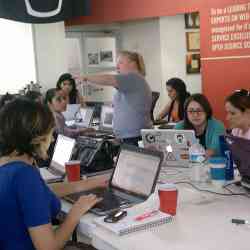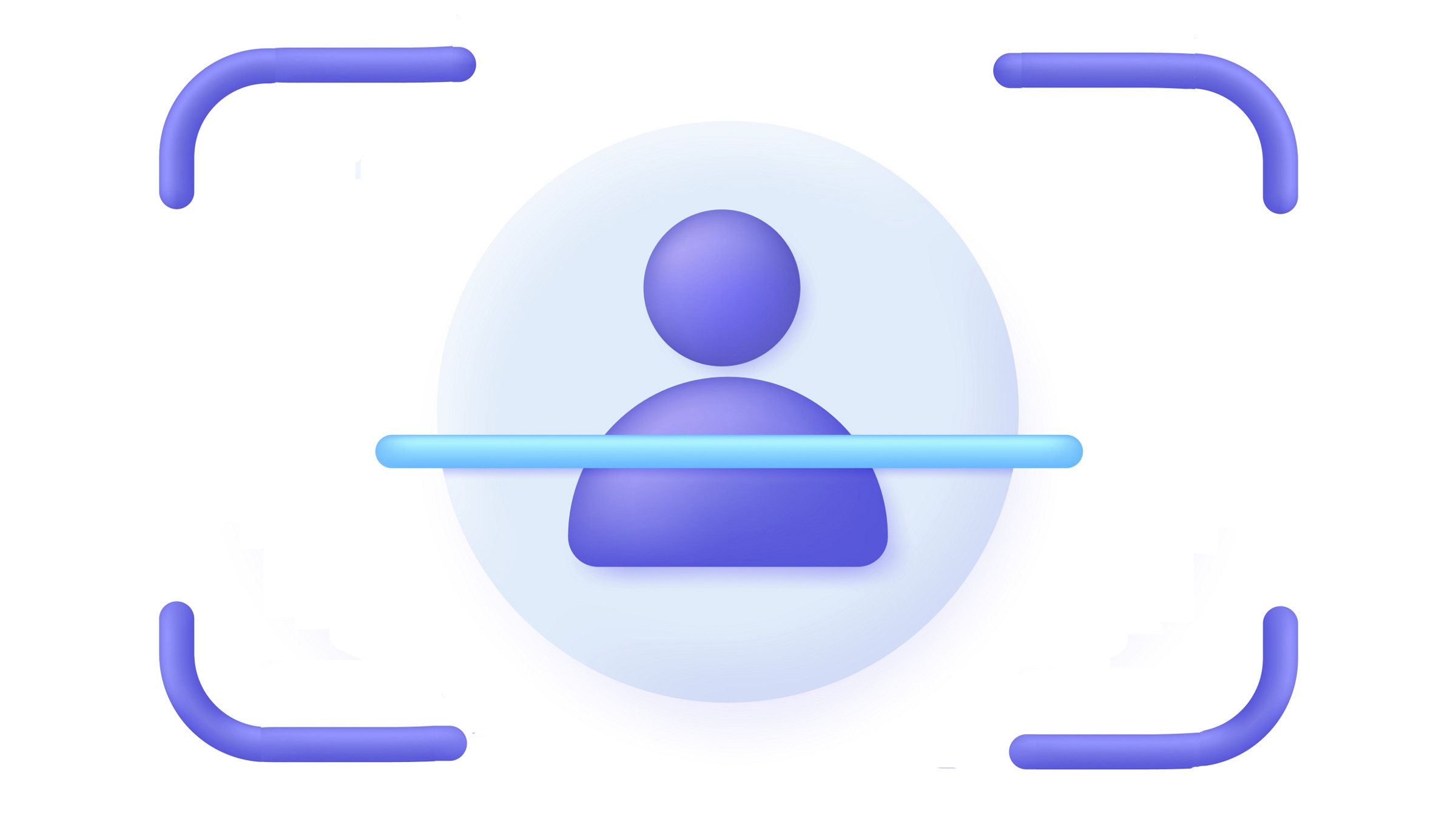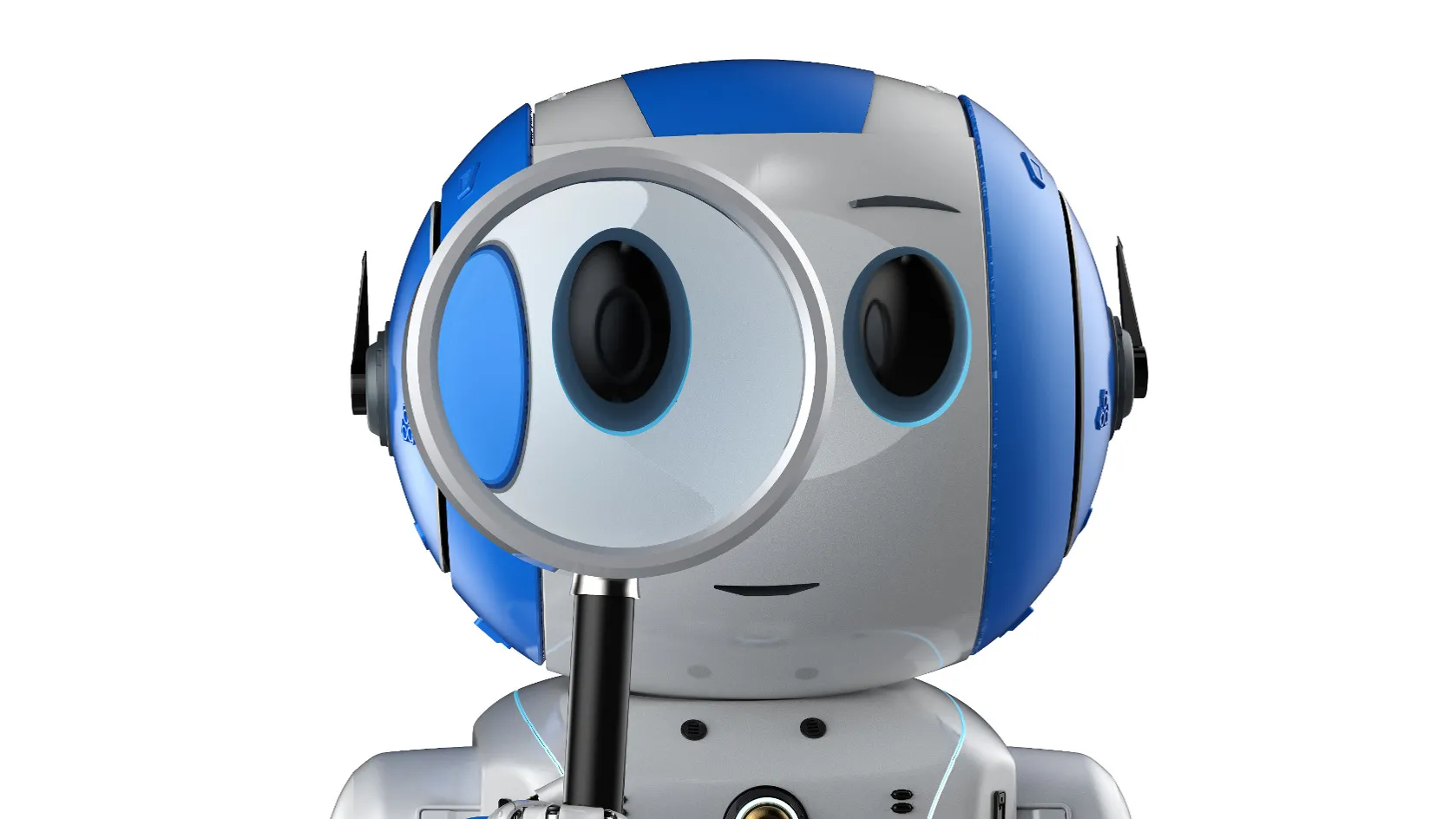
When Google disclosed its workforce demographics in May, headlines decried that a mere 17% of its technical staff was female. Yet women earn only 18% of computer science degrees, putting such employment figures in line with the ostensible supply. The numbers beg more questions than they answer, however, such as: why are there so few female computer science graduates? Is such a degree necessary for technical positions? If women are being squeezed out, when and how is that happening?
There are many theories. One asserts that prejudice against women’s abilities throws barriers in their way; a related perspective suggests women are less likely to enter technical fields because they expect such barriers. Intriguingly, women and girls seem to be more prevalent in fields where computer science is part of a grander context, such as quantitative chemistry; these are not counted in the "computer science" statistics, or reflected in the low percentages of women employed at Google, Facebook, Twitter, LinkedIn, or Pinterest.
The Three Ages of Woman
In math and science overall, high school girls earn more credits than boys—and get higher grades. Yet girls comprise only 18% of the students who take the Advanced Placement (AP) Computer Science exam, which strongly emphasizes programming and has only a small section on "Computing in Context."
"Boys fall in love with computers as machines; girls see them as tools to do something else," said Barbara Ericson, a senior research scientist at the Georgia Institute of Technology who tracks the AP exam. "Then girls think, ‘maybe I don’t belong because I don’t love them like the boys do.’"
"Girls who have strong math skills tend to have higher verbal skills than boys who are strong in math, which opens up new avenues to follow, like the social sciences." said Christianne Corbett, senior researcher at the American Association of University Women (AAUW). "With computing, the social element isn’t always evident. They ask, ‘how am I going to make a difference in the world with a computer science degree?’" To that end, AAUW sponsors a one-day conference called "Tech Savvy" to expose middle-school girls to career opportunities in computing and other science, technology, engineering, and mathematics (STEM) fields.
Specialization grows in college, as computer science departments devise new degrees to mirror advances and market changes. However, that was not always the case. U.S. statistics show women proportionally earned twice as many computer-science degrees—around 35% of the total granted—in the early 1980s, when "computer science" was less specific. Valerie Barr, chair of ACM’s Council on Women in Computing (ACM-W), believes the retreat was caused partly by the growth of personal computers. "The students who graduated in 1984 were the last group to start college before there was personal computing. So if you were interested in bioinformatics, or computational economics, or quantitative anthropology, you really needed to be part of the computer science world. After personal computers, that wasn’t true any more."
In her position as a professor of computer science at Union College, Barr found contextualizing computer science classes led to an increase in female enrollment. "We said, ‘let’s show them that computer science can be useful by giving themes to the introductory CS courses, so students can see their relevance,’" she said. "For us, it’s been enormously successful. Ten years ago we taught the introductory course to 29 students, and 14% of them were women. This year there were over 200 students, and 39% of them were women." Beyond college, Barr said, she’d also like to see "a bigger funnel into the corporate world and the tech industry, with people coming from many other majors. It doesn’t have to be just CS majors."
It is harder to understand the state of women in computing in the professional world, particularly at private companies such as Google. Lucy Sanders, CEO and co-founder of the National Center for Women and Information Technology (NCWIT), noted that compared to universities, "corporations are all different, and they’re all very private."
If women don’t get satisfaction at such companies, they might be taking their talents elsewhere. NCWIT senior research scientist Catherine Ashcraft cites the 2008 Harvard Business Review study "The Athena Factor," which found that "56% of technical women leave their private sector jobs by mid-career," she said. "But 75% continue to work full-time, and approximately half of these continue to work in technical occupations. They just go to government, non-profit, and startup environments. So they aren’t leaving because they don’t like tech, or aren’t good at it."
Women’s participation is also highest in professions where computing is part of a bigger context, such as web development (40%) and data analytics (around 50%). Meta S. Brown, data analyst and author of books including "Data Mining for Dummies," found women do best in data analytics when it is not framed as computer science. "At events organized by the analytics community, there are plenty of women speaking and attending," she said. "But at data analytics events that come from the computer science, technology, Internet, or startup communities, you’ll see far fewer women."
Does It Matter?
As computing continues to find new applications, its value will increasingly depend on what philosopher Martin Heidegger called its "equipmentality", or usefulness. That means removing walls between "pure" computer scientists—in schools, at universities, and in the workplace—and those who advance the field in the context of other goals. In doing so, more women are likely to have a say in the field.
NCWIT’s Sanders referred to a recent study by her organization that showed how gender diversity affects technology business performance. "Computer engineering is a creative endeavor, involving hundreds of choices every day," she said. "What will the user interface look like? How will it react? How will it provide service to people? Women have their own life experiences and things they care about; so do men. Sometimes these experiences are similar, sometimes they are different. It makes sense that a team that’s diverse would create better products."
Tom Geller is an Oberlin, Ohio-based science, technology, and business writer.



Join the Discussion (0)
Become a Member or Sign In to Post a Comment